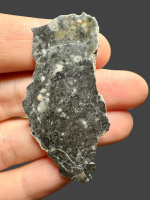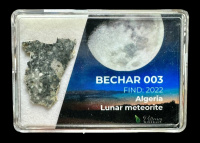The Moon is one of the most famous and visible objects in the night sky, and we notice it almost every day, whether it's a clear night or the sky is only lightly clouded. It is the only natural satellite on our planet whose light illuminates us at night, even though it is really just a reflection of the sun's rays. The Moon is an integral part of our daily lives and inextricably linked to our planet.
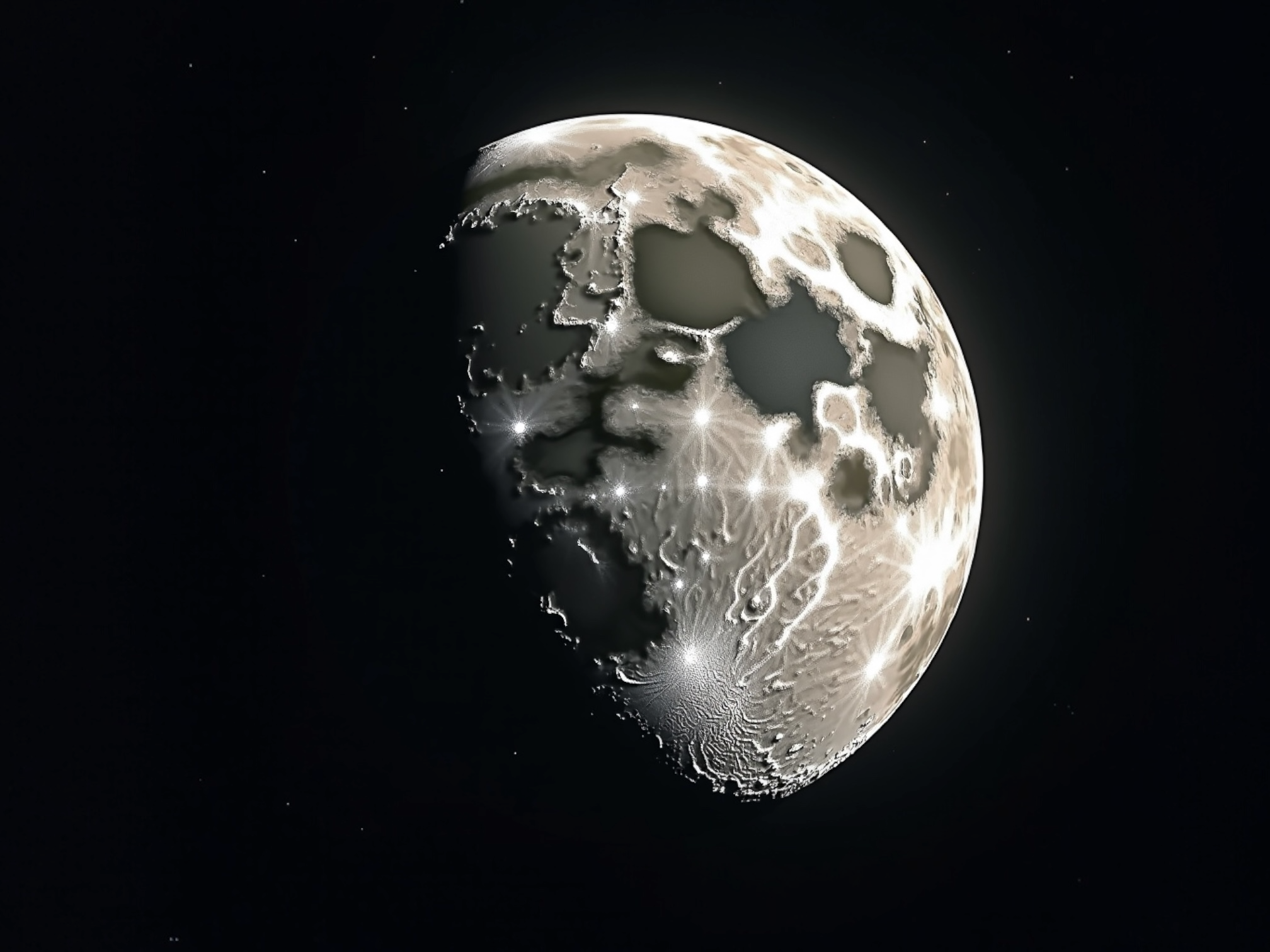
Origin
The Earth was born about 4.6 billion years ago by the clumping of planetesimals, which are small bodies that formed from dust and gases in the early solar system. And what did they look like? The Earth's surface was mostly rocky then, and life as we know it today didn't exist yet. The latest theory is that about 100 million years after the Earth formed, a protoplanet comparable in size to Mars, known as Theia, approached our planet and was heading straight for Earth. The collision was inevitable and its consequences could have been catastrophic. This event could have fundamentally changed the evolution of the entire planet, but fortunately, according to this theory, the collision only caused the ejection of material from the Earth, which then formedin its orbit and began to orbit it like the Moon.
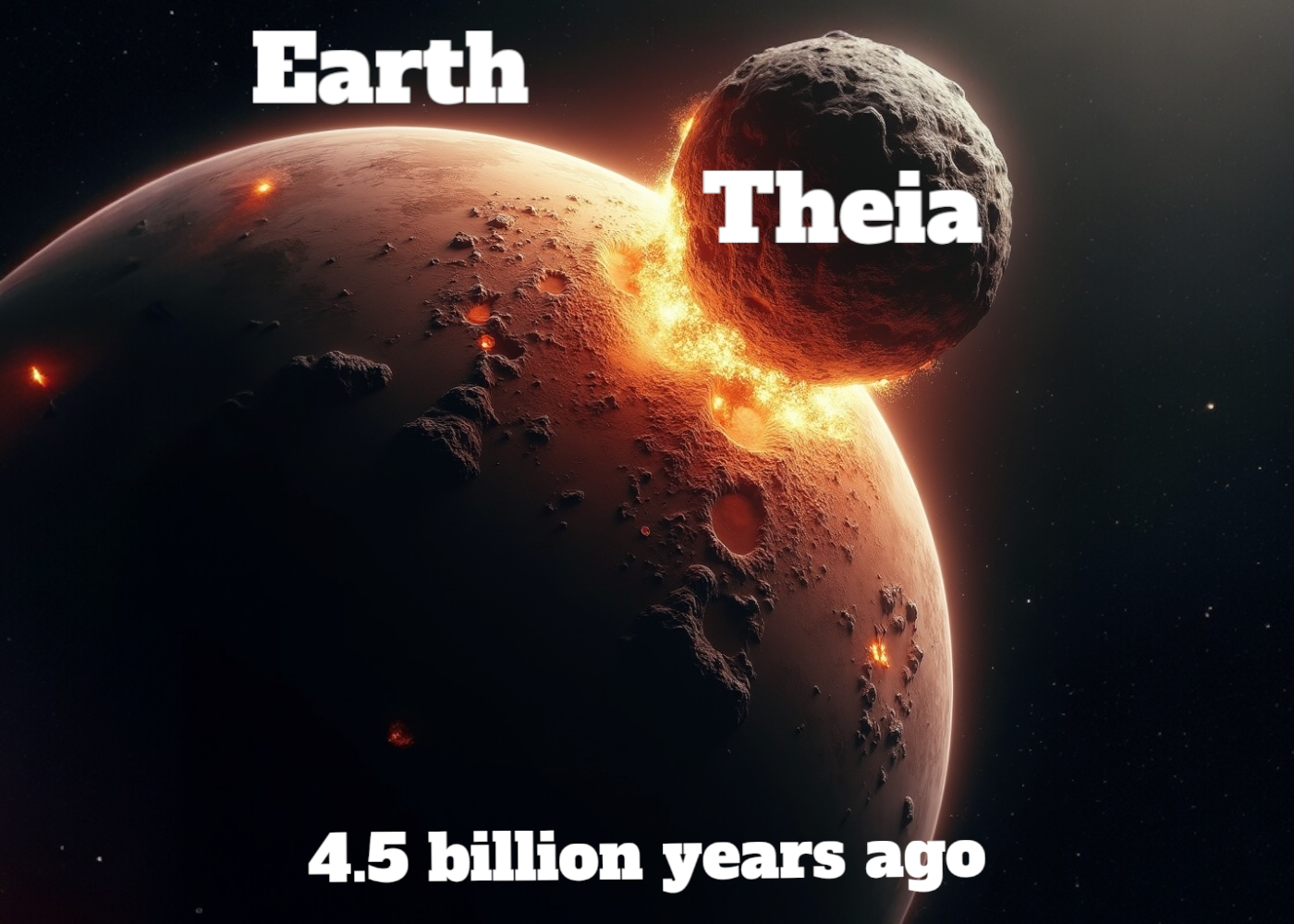
Surface
The surface of the Moon is markedly different on the inverted and reversed sides. The inverted side is covered with large dark areas called lunar seas. These seas make up about 31% of the surface and were formed billions of years ago by volcanic activity that created broad pools filled with dark lava material on the Moon. The lighter parts that surround the lunar seas are the lunar highlands and mountains, which are slightly older and more dotted with impact craters.
The far side of the Moon, on the other hand, is much lighter and almost completely devoid of lunar seas, which make up only 2% of the surface on this side, while the rest is covered with high mountains and craters.
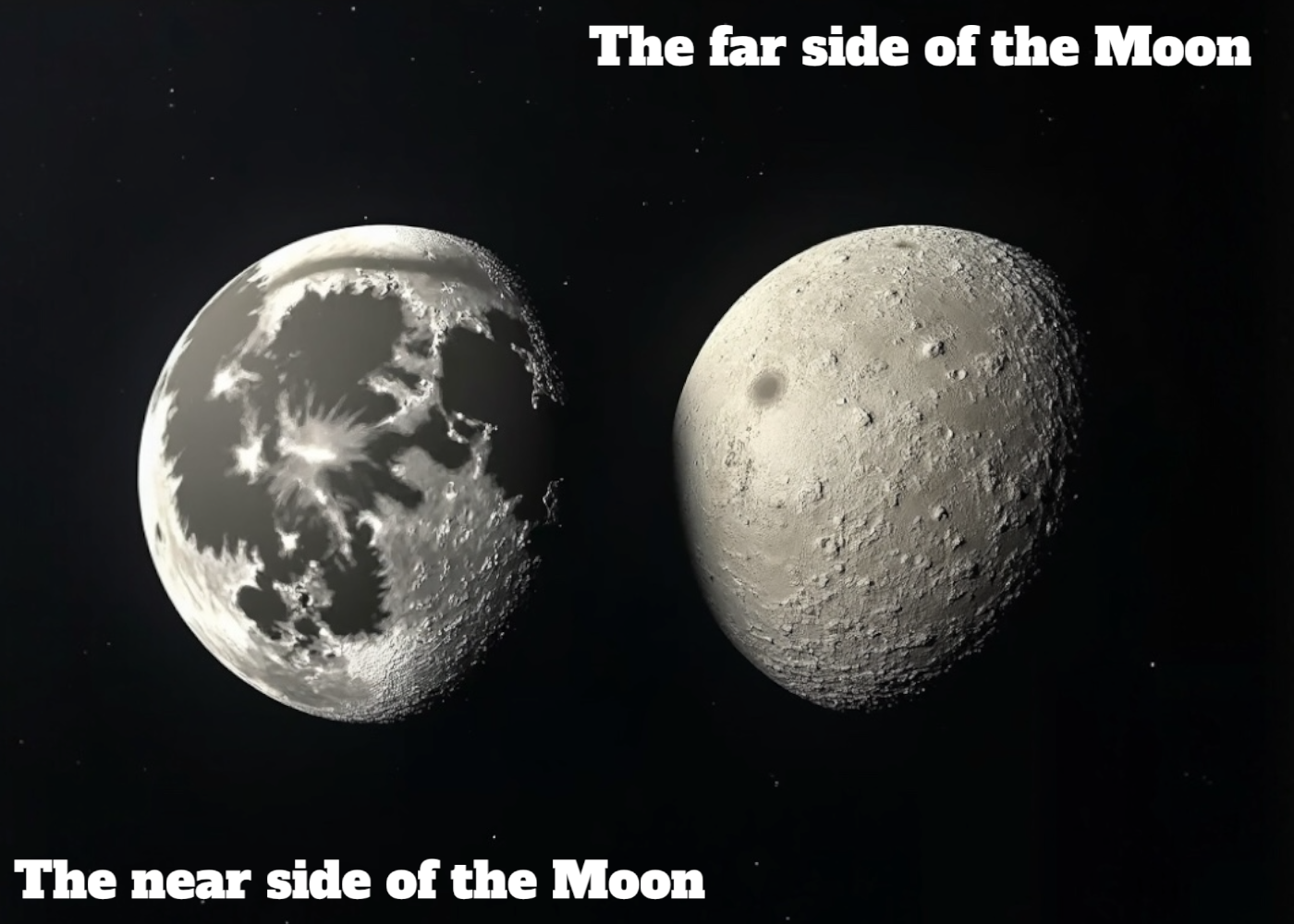
Craters on the Moon
Over several billion years, countless meteorites have struck the Moon, as well as the Earth, leaving craters. They are not as visible on our planet as they are on the Moon, because our planet has been shaped and changed over billions of years. Active geological processes, such as volcanic activity, erosion by water and wind, and the movement of tectonic plates, have smoothed or covered these craters.
However, the Moon has no atmosphere, water cycle, tectonic activity or geological activity, which means that all meteorite and comet impacts remain virtually unchanged. Because of these natural manifestations, the craters that have formed on the Moon are still visible and remain preserved.
The largest crater on the Moon, known as South Pole-Aitken, lies on the far side of the Moon, near its south pole. This huge impact crater is 2 240 km across and an impressive 13 km deep.
The lunar surface is also covered with a layer of regolith - a dusty substance formed from fragments of shattered material resulting from the constant impact of meteorites. This regolith covers the entire Moon, and its thickness varies from region to region, from a few centimetres to several metres.
Function
Tides
The Moon's gravity pulls water towards the Earth, causing the oceans to bulge towards it. This bulge is known as a tide, a rise in the water level at a particular point on Earth. On the other side of the planet, where the Moon does not act directly, a tide is created when the ocean level drops. This phenomenon is caused by the Earth being pulled towards the Moon more strongly than the water itself, creating an area of low water on the side facing away from the Moon.
There are two tides on Earth every day. This means that in a 24-hour period, the water level rises twice and falls twice. This cycle lasts approximately 12 hours and 25 minutes due to the rotation of the Earth and the motion of the Moon around it.
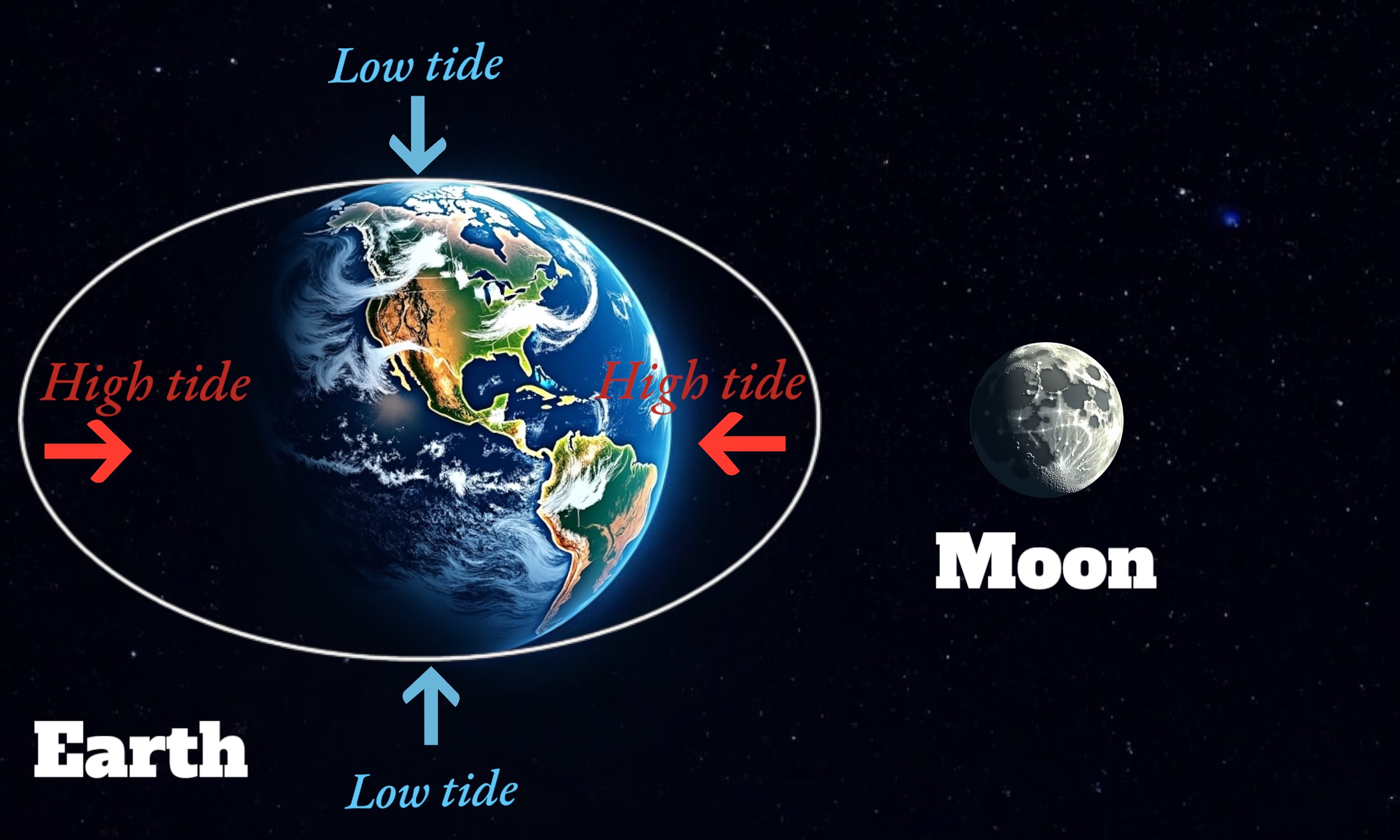
Stabilisation of the Earth's axis
The Earth rotates on its axis, which is an imaginary line around which the planet moves. This axis is not perpendicular to the plane of its orbit around the Sun, but is inclined at an angle of approximately 23.5 degrees. This tilt is responsible for the change of seasons, as different parts of the Earth receive more or less solar radiation as it orbits the Sun, resulting in temperature changes throughout the year.
Although the Moon' s gravity does not stop this movement completely, it slows it down considerably. This makes the tilt of the Earth's axis much more stable, which means that the climatic conditions on Earth are favourable for life. Without the Moon, the tilt of the axis could fluctuate, leading to dramatic changes in climate.
Illuminating the night
The Moon provides natural light at night, which in the past was important for orientation of humans and animals who relied on Moonlight for nighttime activities. Although the Moon itself does not shine, its light is a reflection of the sun's rays that bounce off its surface.
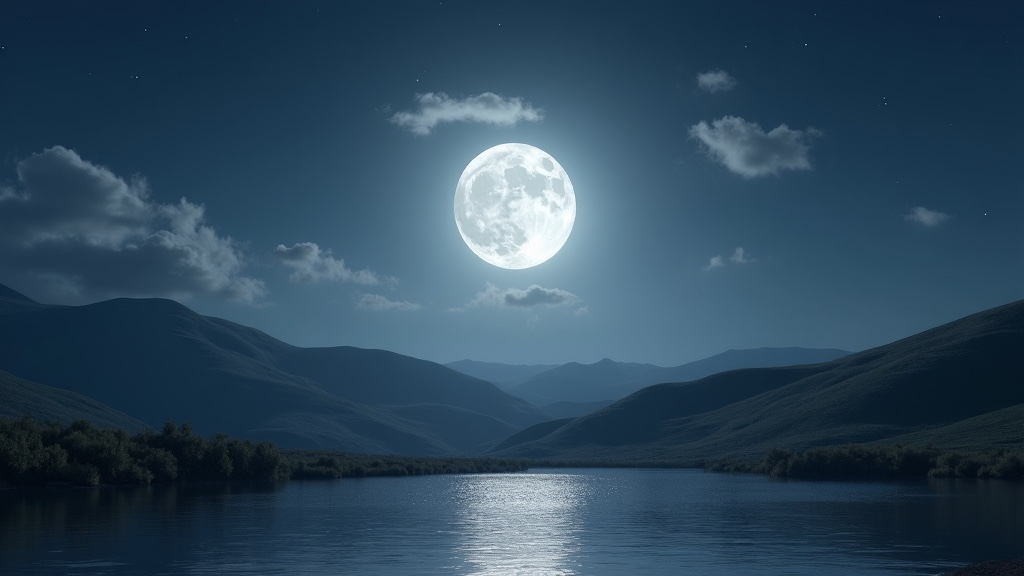
Influencing the Earth's rotation
The gravitational pull of the Moon actually slows down the rotation of the Earth, leading to a gradual lengthening of the day. This process is known as tidal friction. At present, the length of the day is increasing by about 1.7 milliseconds per century. This phenomenon is very slow, but over billions of years it has a major impact on day length.
What else does the Moon bring us?
Lunar meteorites originate from the Moon, which are authentic fragments from the surface of the Moon that are formed when another body, such as an asteroid, hits it. On impact, the material is ejected at tremendous speed, and if it is fast enough, it escapes the Moon's gravitational pull and reaches space. The journey through space can take thousands to millions of years, but some debris may eventually head for Earth, where it is caught by Earth's gravity. They then enter the atmosphere and, if they survive the passage, hit the surface. The Moon is the source of only about 0.08% of all meteorites found, making lunar meteorites extremely rare.
One of the most famous lunar meteorites is Bechar 003, which was found in 2022 in Algeria.
Conclusion
The Moon, our faithful satellite, plays an irreplaceable role on Earth . From stabilising the tilt of the Earth's axis to shaping the tides, its influence extends far beyond the mere beauty of the night sky. Although it is one of the largest moons in the solar system relative to the size of its parent planet, its real value lies in how it helps maintain stable conditions for life on Earth. The Moon is not only a fascinating object to observe, but also a key factor in the geological and climatic processes on our planet.
You can also purchase an authentic fragment of the Moon in our e-shop: Lunar meteorites.
Author: Terezie Laubrova
This article is protected by copyright under Czech law (Act No. 121/2000 Coll., the Copyright Act). Any copying, distribution, or other use of the content without prior written consent from the author is prohibited. Violation of copyright law may be subject to civil and criminal penalties, including damages and sanctions under Section 270 of the Czech Criminal Code.



